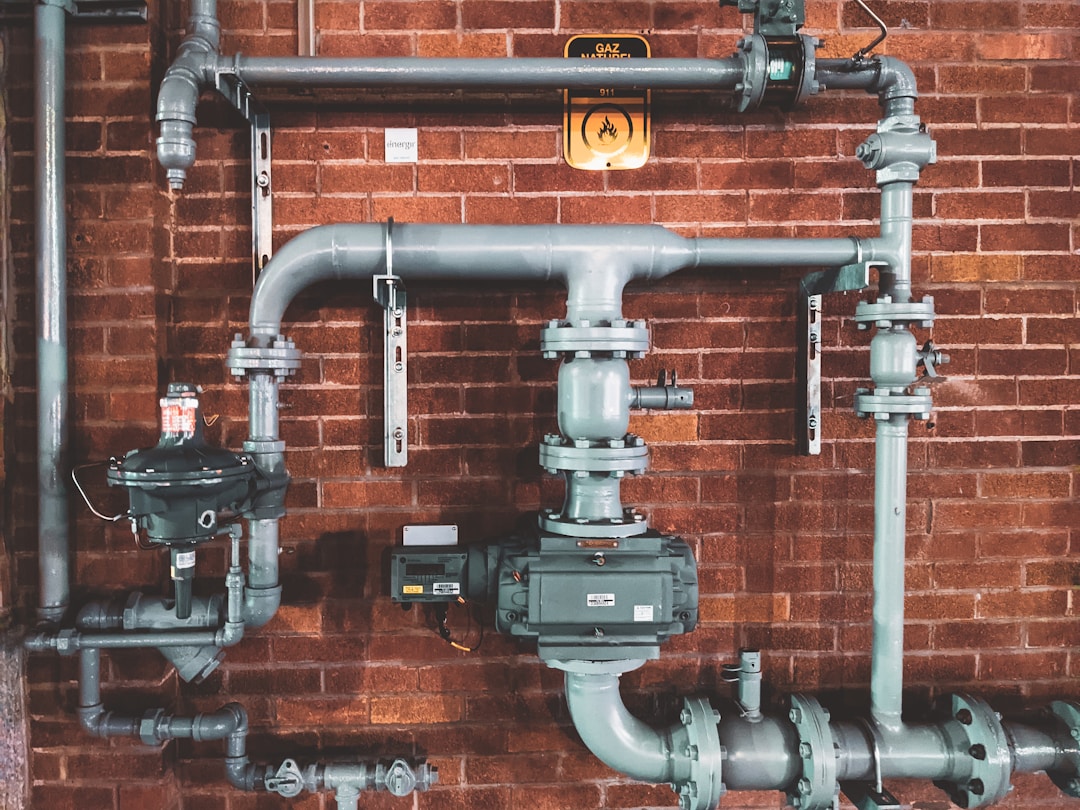If your home has an older furnace, there’s a chance that you have a pilot light that ignites your heating system. That standing pilot light serves as a small ignition flame for gas burners. However, you may have run into circumstances where that light went out, and you were left without heat in the dead of winter or unable to get a hot shower with the water heater now temporarily out of commission. While sometimes the right breeze can knock a pilot light out of commission, there are other underlying issues that may be causing your headaches with your heater.
The Age and Condition of the Furnace

If you’re finding that your pilot light keeps going off, it’s important to understand why your pilot light won’t stay lit. If your furnace has a pilot light, chances are it’s at least 20 years old. An old furnace may have components and parts that are ineffective and dirty. A combination of this failing equipment can result in the light going out at any time. While it could be an easy fix, it can be aggravating to have to keep dealing with this common problem time and time again.
Older furnaces may deal with a pilot flame that flickers a bit and then goes out; you may have to clean out the pilot orifice. Shut off gas to the heater, then remove the orifice fitting. Clean out underneath with rubbing alcohol to remove any dirt or debris. If you’re able to light the pilot light, but it goes out when you release the control knob, the thermocouple probably needs replacing. The thermocouple is a safety device that shuts off gas flow if it senses the pilot light is out, but when damaged, it loses its regulatory ability. It’s a fairly inexpensive replacement.
Gas Supply and Gas Valve Issues

Your pilot light depends on a consistent gas source to keep the flame going. Issues with the gas valve, whether it’s malfunctioning or just dirty, can cause the flame to go out. It’s also possible that the supply of gas has entirely run out. In some cases, a gas pilot light can sometimes go off just from a wind gust or breeze knocking it out. This can be brought on by the setting of the flue pipe or the venting of your furnace.
While the light going on can be a common issue, it’s important to assess your situation with any gas outage. If there’s an underlying issue with the gas line, it could be of tremendous danger to your household. A carbon monoxide detector in your home is recommended to alert you to the possibility of a gas leak. Be sure to call emergency officials immediately and evacuate your household if you smell gas. This could be an issue with the pilot valve or the gas supply, or potentially require the replacement of the furnace.
Faulty Gas Regulator

If you notice that you’re having issues with gas appliances throughout your house, like your oven or your dryer, a bad gas regulator is usually to blame. Your furnace may not be getting sufficient gas to power the pilot. A gas regulator is a control device that maintains a defined pressure of a heating system by cutting off the flow of a gas or liquid when it reaches a set pressure. A furnace repair service can spot this as the cause of the problem and spare you future issues.
A repair service can also examine a furnace for any other issues, including cracked heat exchangers. This can impact the inside venting and air pressure in the combustion chamber of a water heater or other heating units. From obstruction to gas line issues, there are several issues that can impact your furnace. However, it’s important to make sure you have access to professionals that can take care of the problem.

